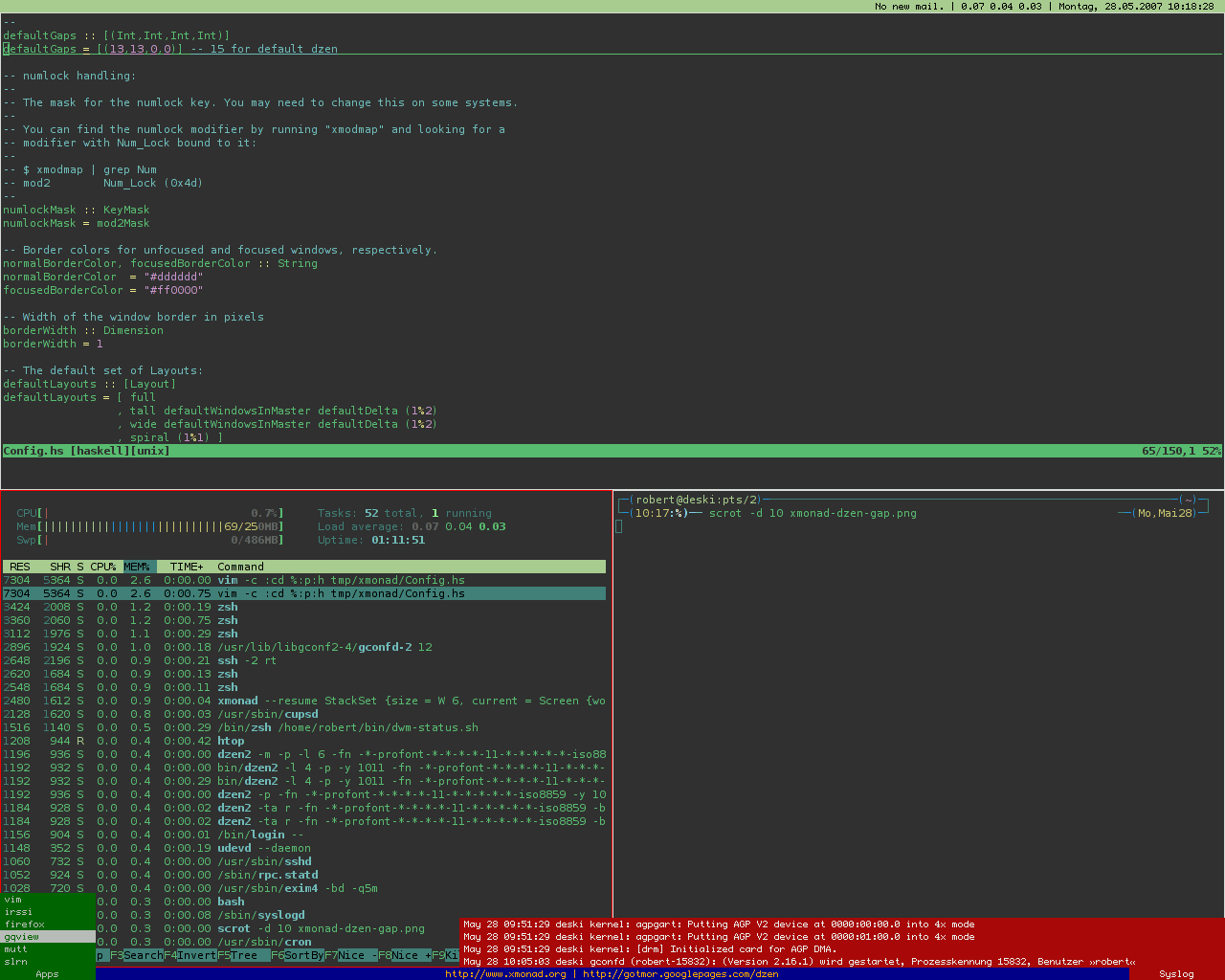
In the extension settings, which can be accessed using GNOME Tweaks or the new Extensions application, you'll find a few more options:

#WINDOWS GRID WINDOW MANAGER WINDOWS#
This can be used not only to launch applications, but also to switch between windows (highlighting the selected application in the grid), execute commands directly or in a terminal, and it even has a calculator mode.įrom the Pop Shell menu from the top bar you can set the size of the gap between windows, toggle showing window tiles, and if Pop Shell should show active window hints (a border that's yellow by default), as well as allow you to change the hint color. Pop Shell also comes with its own launcher ( Super + /). In stacking (floating) mode, windows are allowed to overlap like on a traditional desktop, while in auto-tile mode, Pop Shell provides a tiling window manager experience where windows are automatically tiled.Įven when using stacking mode with Pop Shell though, you get some optional tiling window management features, like a grid-based display in which you can move and resize windows, snap to grid, window focus switching using the keyboard, and more. Switching between these two modes can be done from the extension menu from the top bar: disable the Tile Windows option and you'll be using the stacking mode. This GNOME Shell extension is described as " a keyboard-driven layer for GNOME Shell which allows for quick and sensible navigation and management of windows", and it has two modes: stacking and auto-tile, so users can choose what they need.


For a lot more, including the motivation behind creating it, a feature overview, and in-depth usage, please see the Pop Shell documentation. Pop Shell with auto-tiling enabled on my Ubuntu 20.04 desktop, using an ultra-wide monitorįirst, a bit more about Pop Shell.


 0 kommentar(er)
0 kommentar(er)
